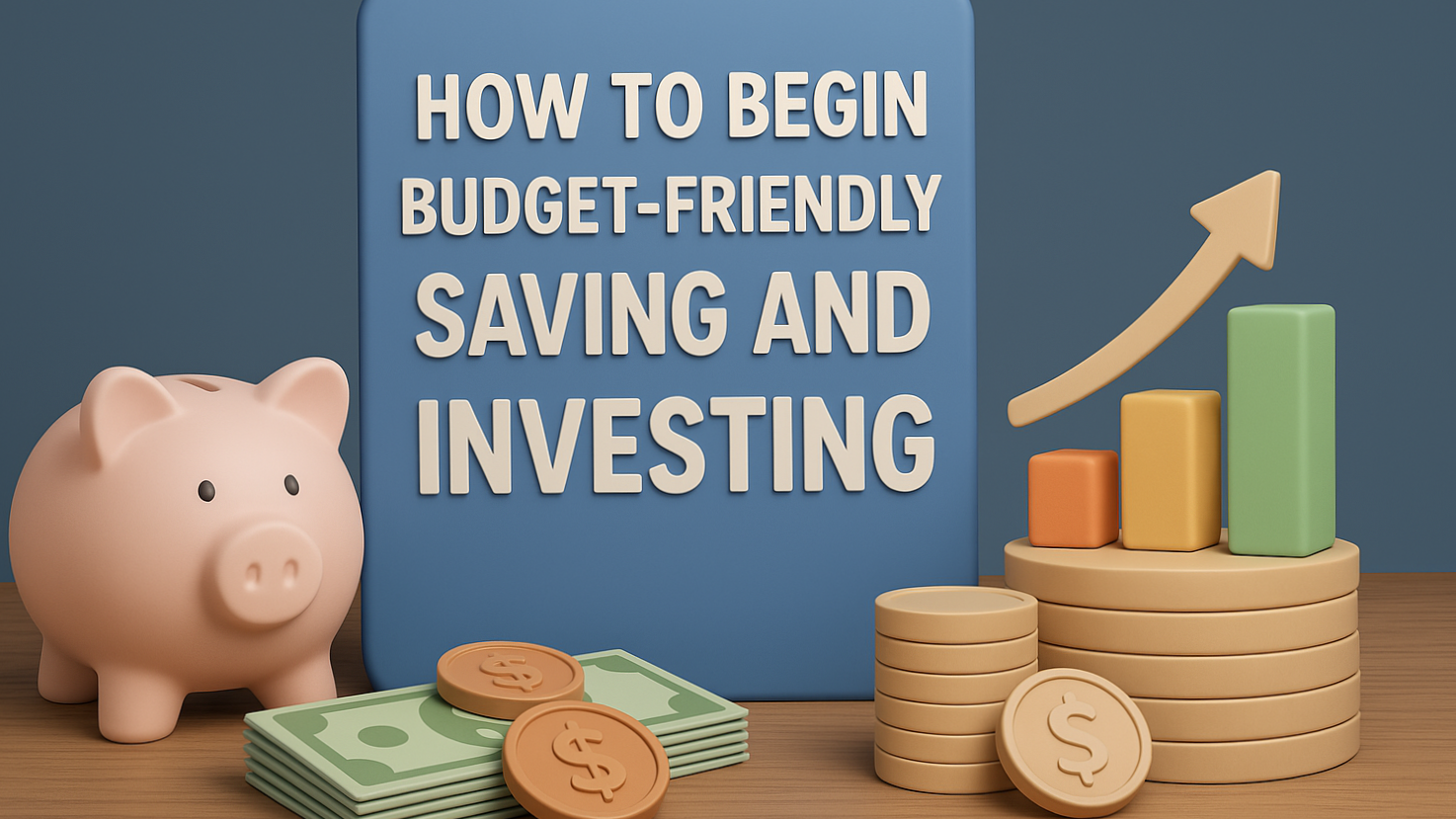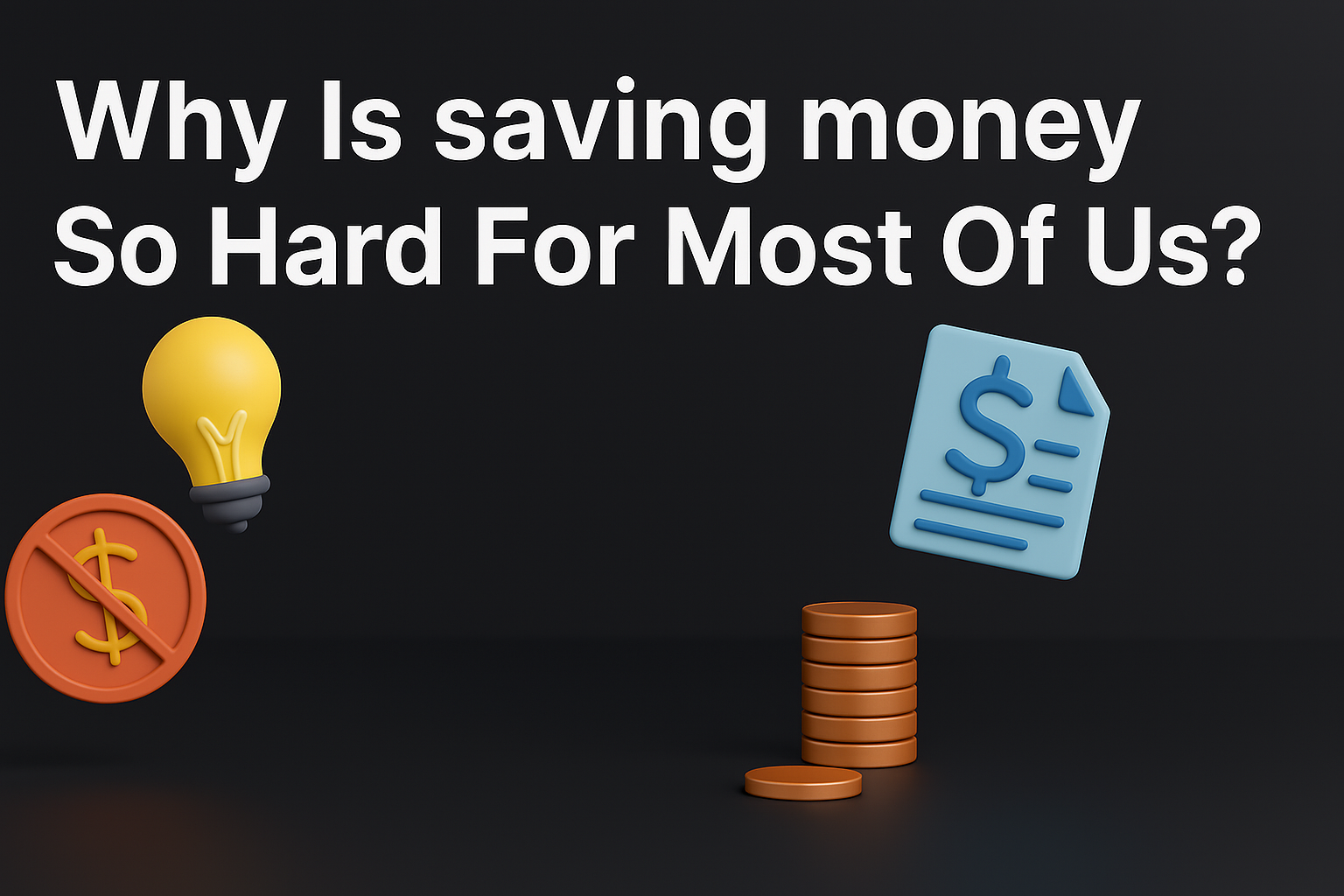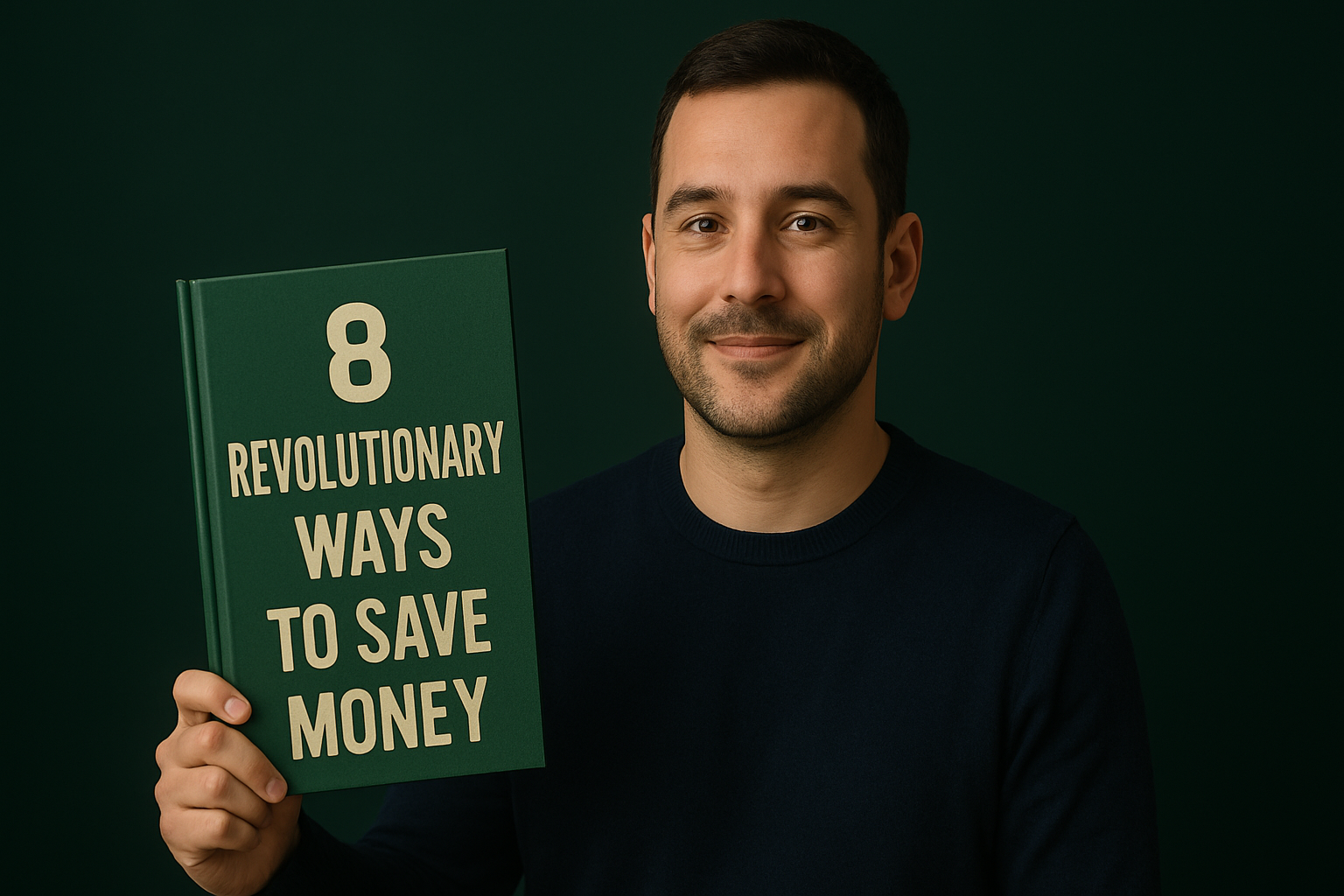Why Your 20s Are the Best Time to Start Investing (Even If You’re Broke)
Imagine you're in your twenties, just out of college or working your first job, and your bank account looks more like a sad meme than a financial powerhouse. Until now, investment appeared to be a luxury reserved for the wealthy. What if I told you that starting a little now may help you become a millionaire when you retire? That is the power of compound interest, and your twenties are the ideal time to use it. You do not need thousands of dollars to start; you only need the appropriate plan, discipline, and a growth attitude. This handbook is not about get-rich-quick schemes but about turning small, persistent investments into life-changing wealth.
Why Most People Wait Too Long (And How You Can Start Now)
Most people delay investing because they expect they’ll "do it later" when they earn more. But here’s the cruel truth: Time is your most important asset, and every year you delay costs you thousands in future wealth. Let's use a real-world scenario to illustrate it. Introducing Jake and Sarah. While Jake waits until he is 32 to invest the same amount, Sarah begins investing $100 per month at the age of 22. Assuming a 7% annual return (the average stock market return), by age 65, Sarah has over $300,000, while Jake has just $150,000.
Step 1: Ditch the Excuses (Yes, Even the "I’m Broke" One)
Before we go into financial ideas, let's address the mental barriers that are holding you back. Perhaps you believe, "I'll start when I have $1,000 saved," or "I don't know enough about stocks." Here's the truth: The best investors began with nothing—just a desire to learn and act. Adjusted for inflation, that's around $1,200 today—not a fortune, but evidence that small starts lead to enormous results. The idea is to move from a scarcity perspective ("I can't afford to invest") to an abundance mindset ("How can I invest even $20 this month?"). Begin by documenting your expenses—cut one unneeded subscription or coffee per week, and you'll have your first investment dollars.
Step 2: Master the Basics—What Even Is Investing?
Don't worry if the stock market feels like a foreign language to you—it's much simpler than you realise. What's the goal? Put your money to work for you rather than languishing in a savings account earning 0.01% return. Here's a brief overview of major terms: - Stocks: Purchasing a small portion of a corporation (such as Apple or Tesla). ETFs (Exchange-Traded Funds): A collection of stocks (similar to an investing smoothie) that diversifies risk. Perfect for beginners. - Compound Interest: Earning returns on your returns—the miracle that transforms $100 into $1,000 over the years. For example, if you invest $50 each month in an ETF such as the S&P 500.
Step Three: Select the Appropriate Account (Where to Put Your Money)
Not all investing accounts are created equally. Choosing the appropriate one can save you thousands in taxes. Here are the top choices for beginners: - Roth IRA: A retirement account in which you contribute after-tax money and withdraw it tax-free when you retire. Ideal for younger investors with lower tax brackets. - 401(k) (if your work provides one): Especially if the firm matches—that's free money. Always donate enough to receive the full match. - Broking Account: A flexible account for non-retirement investing (no tax advantages, but no withdrawal limits).
Pro tip: Starting with $5 is easy with apps like Fidelity, Acorns, and Robinhood. No justifications.
Step 4: Start Small—Micro-Investing and Automation**
You don't have to pick particular stocks to be successful. Most newcomers lose money attempting to "beat the market." Instead, adopt the following guaranteed strategies: -automate it: Set up recurring payments (even $10 each week) into a low-cost ETF such as VOO (S&P 500 tracker). Out of sight, out of mind—and expanding. Apps for Micro-Investing: Acorns invests the leftover change after rounding up your purchases. Over time, those $0.50 increments accumulate. - DRIP (Dividend Reinvestment): If you possess dividend equities, dividends are automatically reinvested to purchase further shares. Real-Life Win: A 25-year-old who invests $50 per month in an S&P 500 ETF might have $150,000+ by age 50—without ever raising contributions. ---
Step 5: Prevent These Common Mistakes (Learn from Others' Failures)
Even the smartest people make mistakes. Here's what not to do: - Timing the Market: Waiting for the "perfect" time to invest leads to missed opportunities. Timing the market is not as effective as time in it. - Panic Selling: When equities fall (which they will), remain steady. The market consistently recovers. They eat your returns. For example, during the 2020 COVID meltdown, many people panicked and sold. Those who held saw their portfolios recover
Final Step: Scale Up (How to Increase Your Investments Over Time) Once you've developed the habit, boost your donations with each rise or side hustle. Explore: - Real Estate Crowdfunding: Platforms such as Fundrise allow you to invest in real estate with just $500. - Side Hustles: Use extra money (freelancing, teaching) to increase your investments. - Continuous Learning: Read books such as The Simple Path to Wealth or watch financial instructors on YouTube.
Conclusion: Your Future Self Will Thank You. Starting little today beats starting large tomorrow. The difference between investing at 22 and 32 might mean retiring with $1 million versus $500,000. You do not need luck—only consistency. Set up an account, automate your investments, and let time do the heavy lifting. Your future self will reflect and exclaim, "Damn, I'm glad I started early." Ready to start? Leave a comment with your initial investing goal, and subscribe for more wealth-building tips!



.png)
 Tajib Ali
Tajib Ali







Comments (0)
Leave a Comment